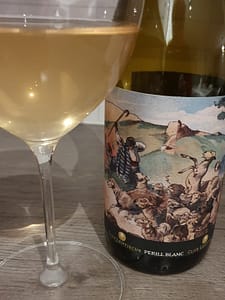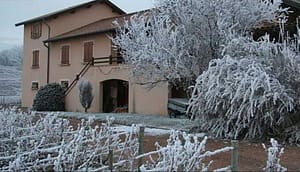Clos Lentiscus is located inside the national park in the Garraf mountains. We are outside Sant Pere de Ribes in Catalunya. The winery was established in 2001 by Manel and Joan Aviñó. Here they cultivate 22 hectares of vineyards biodynamically, of which 95 percent are planted with local grape types from the Garraf area. The soils are calcareous with marine fossils.
No pesticides or herbicides are used in the vineyard. There we also find sheep, that ensure that the grass is kept down, and also contributing to the compost.
The grapes for this wine are xarel.lo from a vineyard planted around 1940. Harvested and selected by hand. Spontaneous fermentation. Aged in amphora.

Perill Blanc Amfora 2020 (Clos Lentiscus)
Golden colour, slightly turbid. Aroma of lemon peel, wax, and a volatile touch. Full in the mouth, saline, vibrant and vivid, with good acidity, and a touch of grapefruity bitterness in the end.
Price: Medium
Leave a Comment









